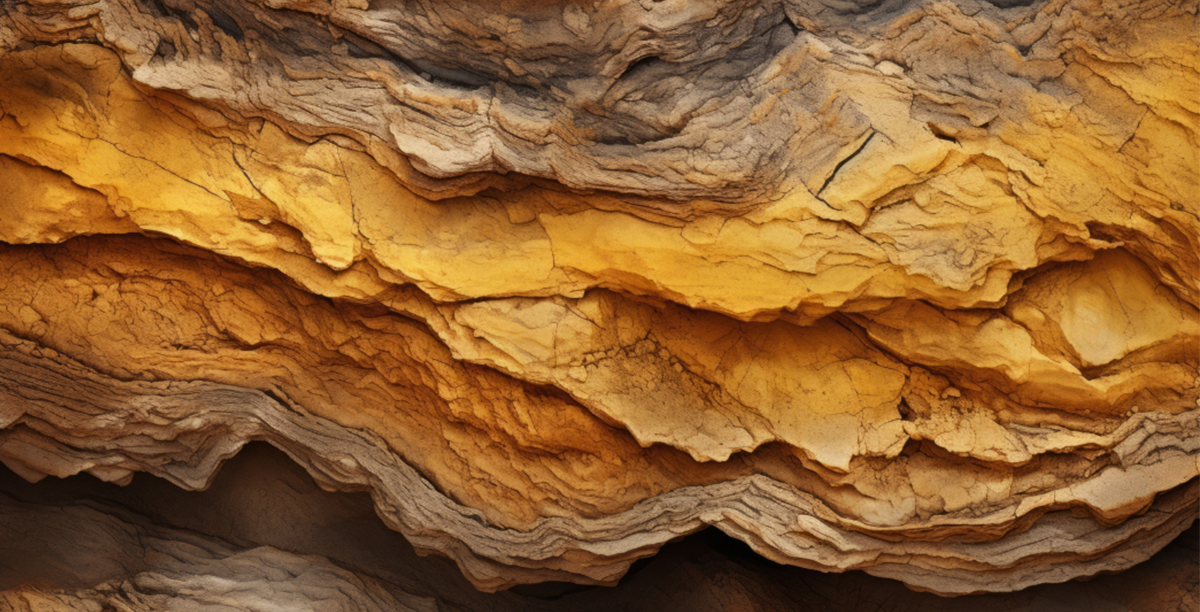Geological CO2 Storage
Geological carbon storage involves the injection of captured carbon dioxide (CO2) into underground geological formations, where it can be securely stored for thousands of years. This method is a critical component of carbon capture, utilization, and storage (CCUS) strategies aimed at mitigating climate change. The primary geological formations used for CO2 storage include depleted oil and gas fields and deep saline aquifers.

Depleted Oil and Gas Fields
Depleted oil and gas fields are among the most promising sites for CO2 storage due to their proven capacity to hold hydrocarbons and their existing infrastructure.
Key Advantages:
• These fields have demonstrated their ability to trap fluids over geological timescales, providing confidence in their capacity to securely store CO2.
• Utilizing existing wells and pipelines can reduce the costs and complexities associated with new infrastructure development.
• Injecting CO2 into partially depleted oil fields can enhance oil recovery, providing an economic incentive for CO2 storage. This process, known as CO2-EOR, involves injecting CO2 to increase the pressure and reduce the viscosity of the remaining oil, making it easier to extract.
Challenges:
• Ensuring the integrity of old wells and preventing CO2 leakage is critical. This requires thorough monitoring and potential reworking of wells.
• Managing reservoir pressure to avoid fracturing the cap rock is essential to prevent CO2 escape.
Deep Saline Aquifers
Deep saline aquifers are porous rock formations saturated with brine (saltwater) and are considered to have the largest potential for CO2 storage globally.
Key Advantages:
• Deep saline aquifers offer significant storage capacity, potentially holding hundreds to thousands of gigatons of CO2.
• These formations are widely distributed geographically, providing numerous potential storage sites.
Trapping Mechanisms:
• CO2 is trapped beneath impermeable cap rocks that prevent it from migrating upwards.
• CO2 is trapped in the pore spaces of the rock as droplets, immobilized by capillary forces.
• CO2 dissolves in the brine, forming a denser solution that is less likely to migrate.
• Over time, CO2 can react with minerals in the formation to form stable carbonate minerals, providing permanent storage.
Challenges:
• Detailed geological characterization and continuous monitoring are required to ensure the CO2 remains securely stored.
• Factors such as mineral dissolution, salt precipitation, and fines mobilization can impact the injectivity of CO2 into saline formations.
Monitoring and Verification
Ensuring the long-term security of CO2 storage requires robust monitoring and verification techniques:
• Used to monitor the movement and distribution of CO2 within the reservoir.
• Provides detailed information on the geological formations and the behavior of CO2.
• Helps detect any changes that could indicate CO2 leakage.
• Analyzes the composition of fluids in the reservoir to track CO2 interactions.
Environmental and Safety Considerations
While the risk of CO2 leakage is low, it is essential to have contingency plans and remediation strategies in place.
Future Prospects
Geological CO2 storage is a vital tool in the fight against climate change. As technology advances and our understanding of subsurface processes improve, the efficiency and safety of CO2 storage will continue to increase. Key areas of future research and development include:
• Development of more sensitive and accurate monitoring tools.
• Improved predictive models to better understand CO2 behavior in the subsurface.
• Innovations to reduce the costs associated with CO2 capture, transport, and storage.
By leveraging the potential of geological formations for CO2 storage, we can make significant strides towards achieving global climate goals and ensuring a sustainable future.